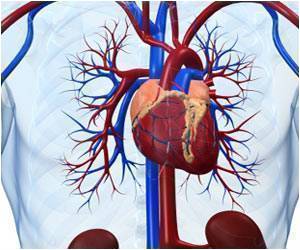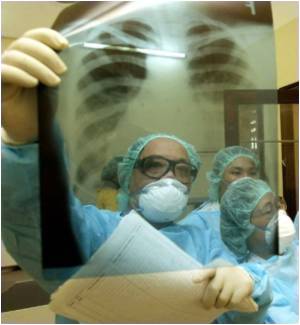
‘Cadherin clusters, which are well known for forming junctions between cells, also play a role in stabilising the cell cortex.’
Tweet it Now
This physical bridge between cells
enables the transmission of both mechanical and biochemical signals
across multicellular tissues. However, scientists have observed clusters of cadherin on the cell surface which are not involved in cell-cell junctions. While it has been speculated that these non-junctional and non-adhesive cadherin clusters are being kept in reserve in order to strengthen or create new cell-cell junctions, the actual function of these clusters remained unknown.
Scientists from the Mechanobiology Institute, Singapore (MBI) at the National University of Singapore (NUS) have discovered that cadherin clusters also play a role in stabilizing the cell cortex. The study was published in the scientific journal Current Biology.
With their expertise in cell adhesion and developmental biology, Principal Investigator Assistant Professor Ronen Zaidel-Bar and Research Fellow Dr Anup Padmanabhan of MBI used embryos from the nematode C. elegans to probe the function of these non-junctional cadherin clusters. After tagging the worm equivalent of cadherin, a protein named HMR-1, with a fluorescent marker, they were able to follow its location and movement by live imaging.
Focusing their investigation on the zygote, the single fertilized egg cell that develops into an embryo, they discovered that HMR-1 formed non-junctional, non-adhesive clusters similar to cadherin. Even though these non-junctional HMR-1 clusters did not form connections outside of the cell, they still remained internally associated with actin filaments of the cell cortex, but not the myosin motor proteins. In fact, the presence of non-junctional HMR-1 clusters prevents cortical accumulation of myosin and decreases the contractile activity of proteins that drive cortical movement.
Advertisement
Analysis of cortical dynamics during cell division revealed that HMR-1 clusters attached to the actin filaments effectively provided drag against cytoskeleton movement, by acting as structural anchors lodged in the cell membrane. The importance of this anchoring in maintaining cell integrity became clear following extended observation of embryos with reduced levels of HMR-1, which were vulnerable to cortical splitting, where a segment of cortex tears away from the cell membrane.
Advertisement
This new discovery means that scientists must re-evaluate their understanding of cadherin. The importance of non-junctional cadherin in stabilizing the cell cortex must now be considered along with the classical function of cadherin in maintaining cell-cell junctions. This fresh perspective may unlock new avenues of investigation regarding the role of cadherin in health and disease.
Source-Newswise










